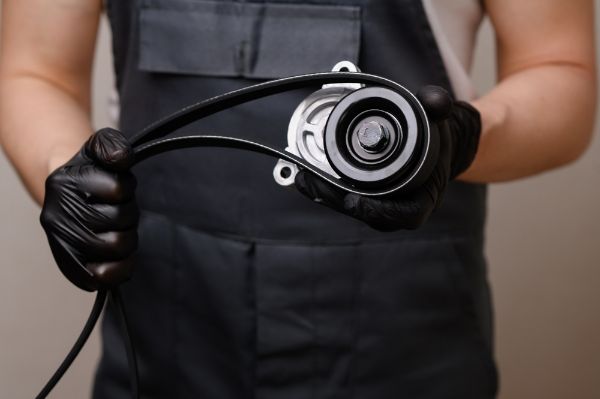Timing belts are a critical component of European vehicles, responsible for synchronizing the engine's camshaft and crankshaft. In European vehicles like Audi, BMW, Mercedes-Benz, and Volkswagen, the timing belt ensures that the engine's valves open and close at the correct intervals. This synchronization is essential for maintaining the precise timing necessary for optimal engine performance. Over time, however, the timing belt wears down and may become brittle, which can lead to serious engine problems if not replaced at the recommended intervals. Understanding when and why timing belt replacement is crucial can prevent costly repairs and keep your European vehicle running smoothly.
Recommended Timing Belt Replacement Intervals
The recommended interval for timing belt replacement varies depending on the make and model of the European vehicle. Typically, most European vehicles require timing belt replacement between 60,000 to 100,000 miles. Some newer models may have longer intervals, but it’s essential to consult the vehicle's manual or speak with a technician who specializes in European vehicles. Failing to replace the timing belt within the recommended interval can result in the belt snapping, which can cause significant engine damage, including bent valves, damaged pistons, and even complete engine failure. Regular maintenance and timely replacement of the timing belt are essential to avoid these potential problems.
The Risks of Ignoring Timing Belt Replacement
Ignoring timing belt replacement can lead to severe consequences for your European vehicle. The timing belt is a vital component that keeps the engine's internal parts moving in perfect harmony. If the timing belt breaks while the engine is running, the pistons and valves can collide, causing catastrophic damage to the engine. This type of damage often requires extensive repairs or even a full engine replacement, which can be incredibly costly. Additionally, the sudden failure of a timing belt can leave you stranded on the road, leading to inconvenient breakdowns and expensive towing fees. By proactively replacing the timing belt, you can avoid these risks and ensure your vehicle remains reliable.
Signs That Your Timing Belt Needs Replacement
Although the timing belt is not easily visible, there are signs that may indicate it needs to be replaced. Unusual noises from the engine, such as ticking or high-pitched squealing, can be an early warning that the timing belt is wearing out. Additionally, if the vehicle experiences engine misfires or difficulty starting, these could be symptoms of a failing timing belt. Another sign to watch for is oil leaking from the front of the engine, which can cause the timing belt to deteriorate more quickly. If any of these signs are present, it’s important to have the timing belt inspected and replaced by a professional who specializes in European vehicles.
The Importance of Professional Timing Belt Replacement
Replacing the timing belt in a European vehicle is not a simple task and requires a high level of expertise. The process involves removing several components to access the belt and ensuring that the engine’s timing is perfectly aligned during reassembly. Any mistakes during this process can lead to serious engine issues, making it crucial to have the timing belt replaced by a qualified technician familiar with European vehicles. Professionals use specialized tools and follow precise procedures to ensure the job is done correctly, which helps maintain the vehicle’s performance and prevents future problems. Investing in professional timing belt replacement is essential to protect your vehicle’s engine and prolong its lifespan.

